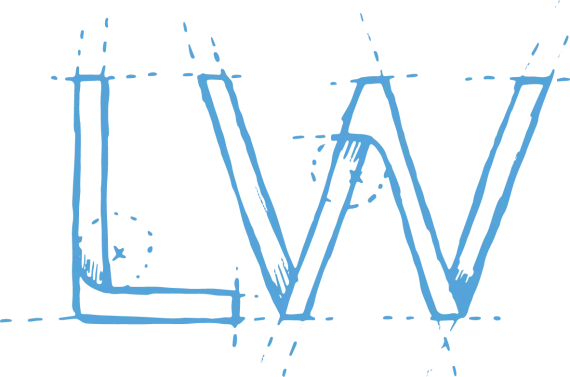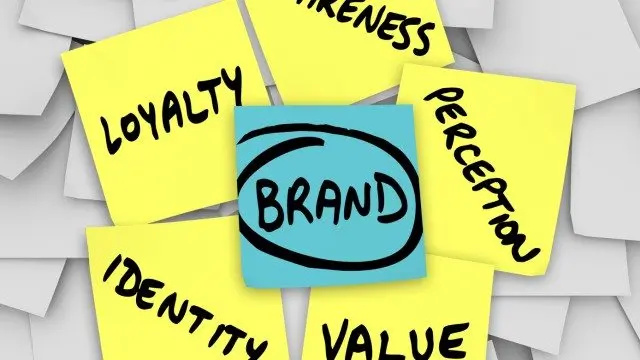What defines really exceptional graphic design? Simply put, it’s design that appeals to the viewer, and causes them to feel a certain way, and emerge with an emotional understanding of a brand or product. One way of achieving this affect is known as negative space, or blank space. According to Creative Bloq, it’s the “space that surrounds an object in an image.” When used effectively, it can add emphasis to design elements. It creates balance, and directs the eye towards the most important components of graphic design.
The concept of negative space isn’t unique to graphic design. Photographers and artists have played around with composition for centuries, by opting to add additional space around focal points. While it isn’t a new concept in the creative realm, it’s an incredibly important one. The “why” behind negative space is actually rooted in behavioral psychology.
Gestalt Theory: Entirety is Perceived First
In the early 20th century, German researcher Max Wertheimer created a set of descriptive principles around how humans “visually perceive objects.” The basic principle behind all of gestalt theory is that humans notice the sum before they notice individual pieces. When viewing a photograph, painting, or graphic design, they’ll take in the overall effect before they begin observing details.
Humans have a natural propensity to find patterns, and perception can be altered significantly. One major component in human perception can be negative space, which can have a significant effect on how visual elements are ultimately perceived. The human mind will work to complete incomplete patterns. Graphic Designer James George points to NBC television network’s peacock as a stellar example of negative space and gestalt in full effect. Our eyes complete the design on our behalf.
Great Negative Space Brands
Once you’re aware of the concept of negative space, you’ll notice just how frequently it’s in use. Some of the world’s most beloved logos, including FedEx, Domino’s, and the World Wildlife Federation (WWF), all rely on the human brain to complete a familiar design. Other brands who use negative space throughout their branding include Apple, Google, and WordPress. All three of these major tech organizations feature a prominent, colorful logo, with plenty of surrounding negative space for a modern and minimalist look.
While negative space is far from a new concept, it’s unlikely to become outdated anytime soon. The human tendency to find patterns has roots in behavioral psychology. Creating designs that allow the viewer to complete blanks is likely to have a lasting appeal.




